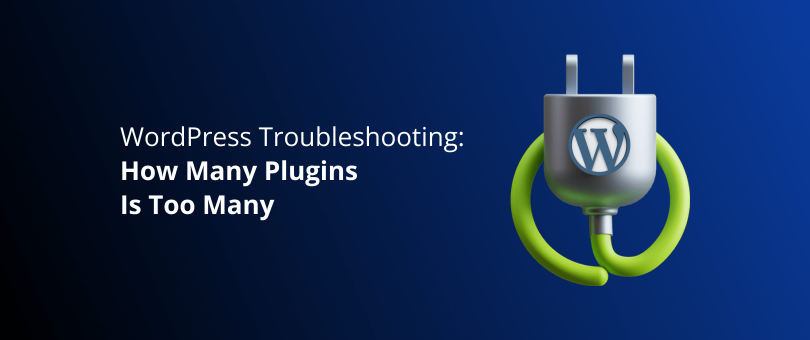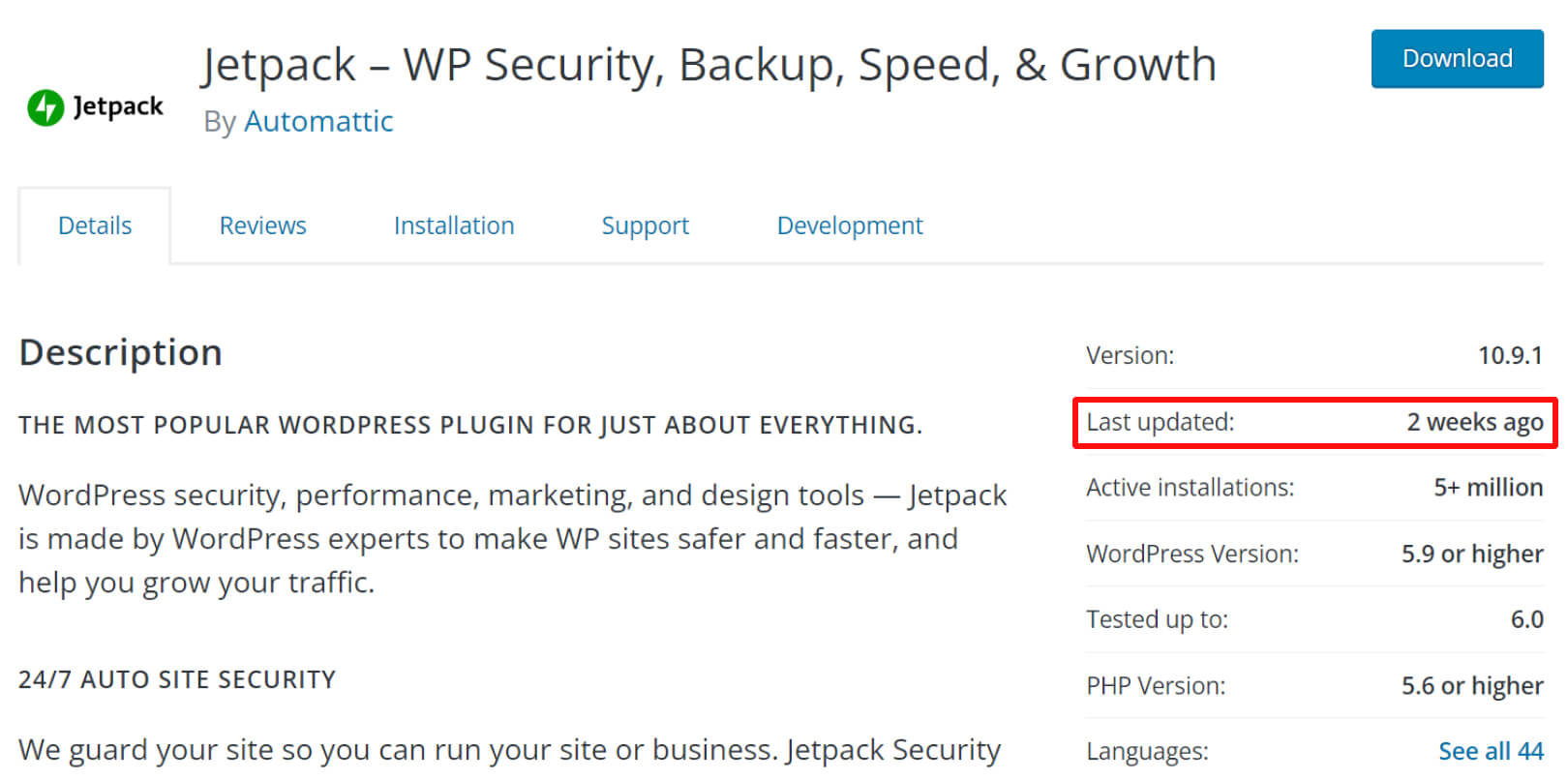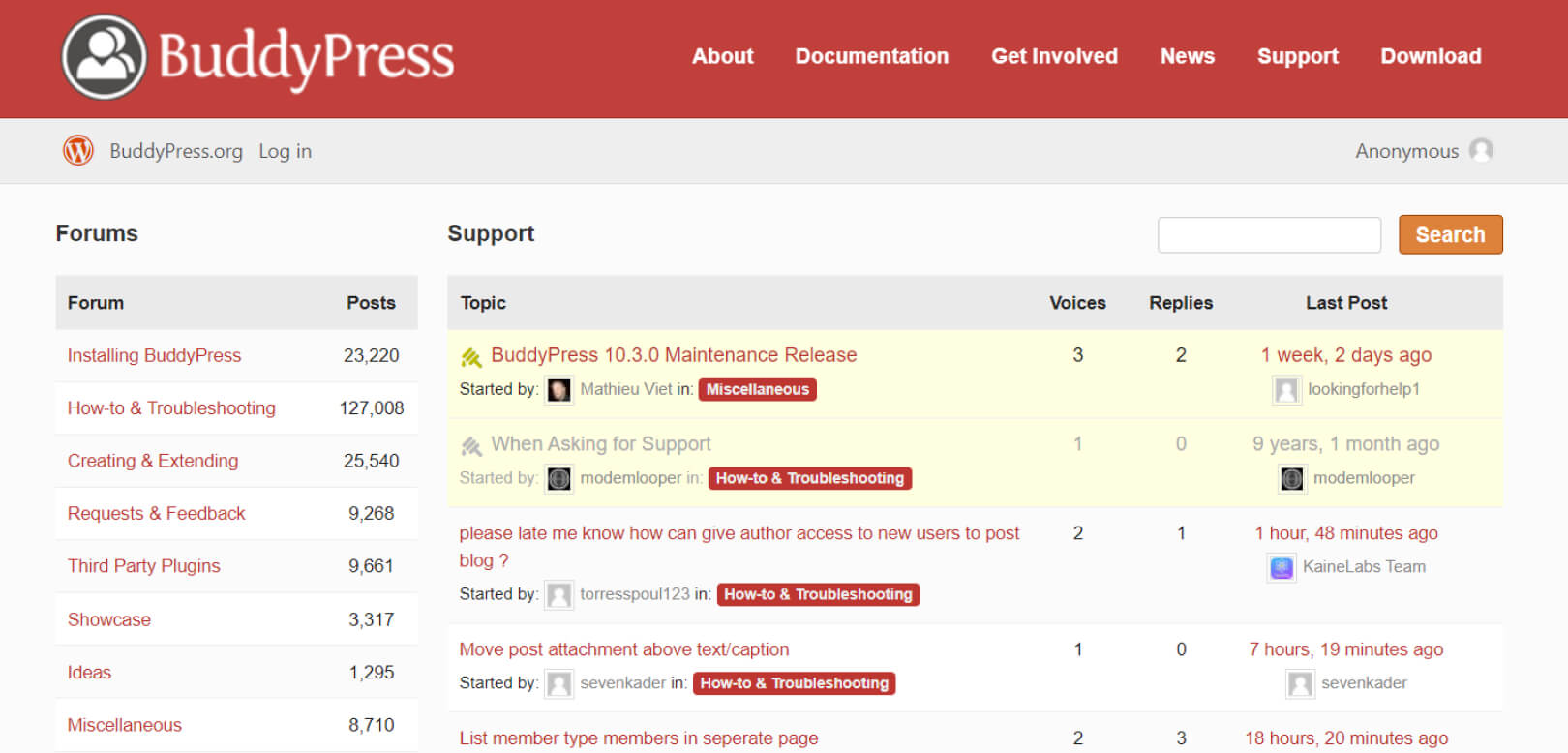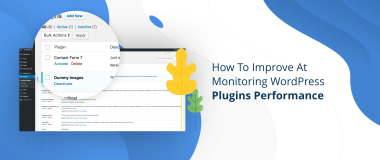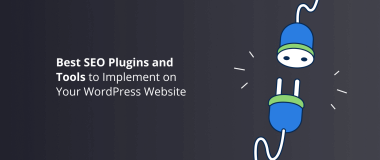How many plugins are too many? How many are enough? Those are questions that keep WordPress users awake at night, and spark a never ending debate in the WordPress community.
Novice website owners often install as many plugins as possible, regardless of whether they need them or not.
And why not – with almost 60,000 plugins in the WordPress repository, it’s easy for an inexperienced user to get carried away and even a little greedy.
However, by installing too many plugins on your WordPress site you can cause numerous performance issues.
For example, with more than 40% of visitors leaving slow-loading websites after 3 seconds, it’s important now more than ever to think about the plugins that you add to your site and how they affect its health.
Also, a large number of plugins can pose multiple security issues. The more plugins are being added, the greater the chance that some of them are exploited by hackers due to vulnerabilities.
In this article, we demystify how many plugins are, indeed, too many, what problems they may cause, and how to successfully manage their number.
Without further ado, let’s get our hands dirty with some WordPress troubleshooting.
What Is a WordPress Plugin?
Plugins are a way to increase and supplement the functionalities of your WordPress site. They provide you with customized features that you can use to adjust the website to your specific requirements.
There are plugins for, practically, everything you can think of – starting an online store, improving your SEO, boosting security and performance, making payments easier, and so much more.
With that being said, where can you find top-level plugins for your website?
The WordPress plugin directory is the safest way to obtain the plugins that you need. Each featured plugin is manually examined by developers from WordPress.
These plugins must meet rigorous guidelines to enter the directory, so the chances of spamming your site are pretty low.
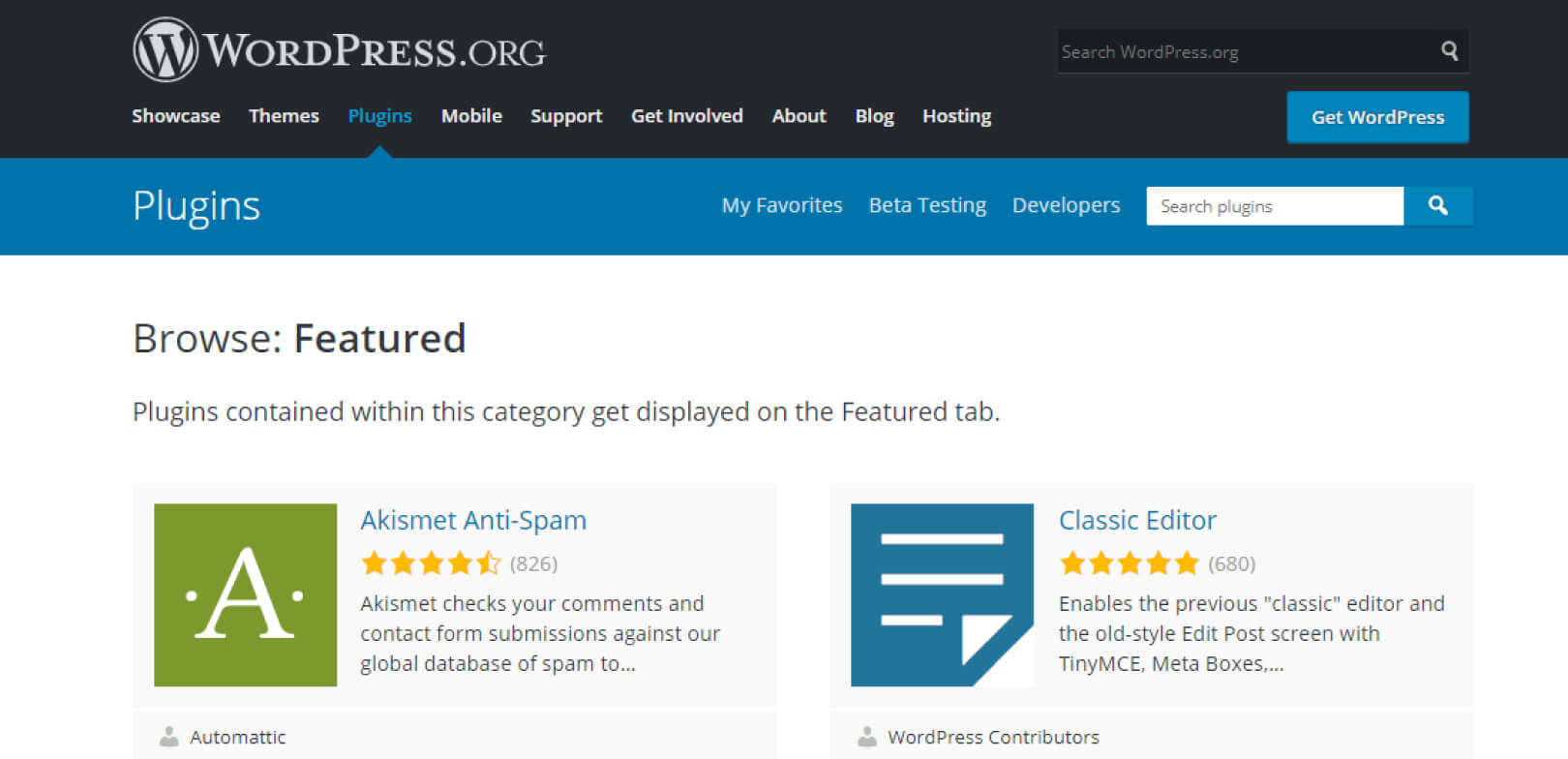
Most plugins are free to download, install, and use. For that reason, it’s understandable that new users go overboard and install too many plugins – like a kid in a candy store, they just want to have it all.
However, more does not always mean better! And that’s exactly the case when it comes to plugins.
Low-quality add-ons with sloppy coding can deplete your database, grow the number of queries, and destroy the performance of your website.
Furthermore, even if a plugin is well-made, it can become a security risk if the provider stops updating it.
In addition, it may all look great at first sight, but there may be compatibility issues that you can discover only when using the plugin.
These are all setbacks that you can easily avoid by doing preliminary research before installing a plugin.
However, when you rush into it and the plugins become too many, the problems start to pile up.
The Problems with Having Too Many Plugins
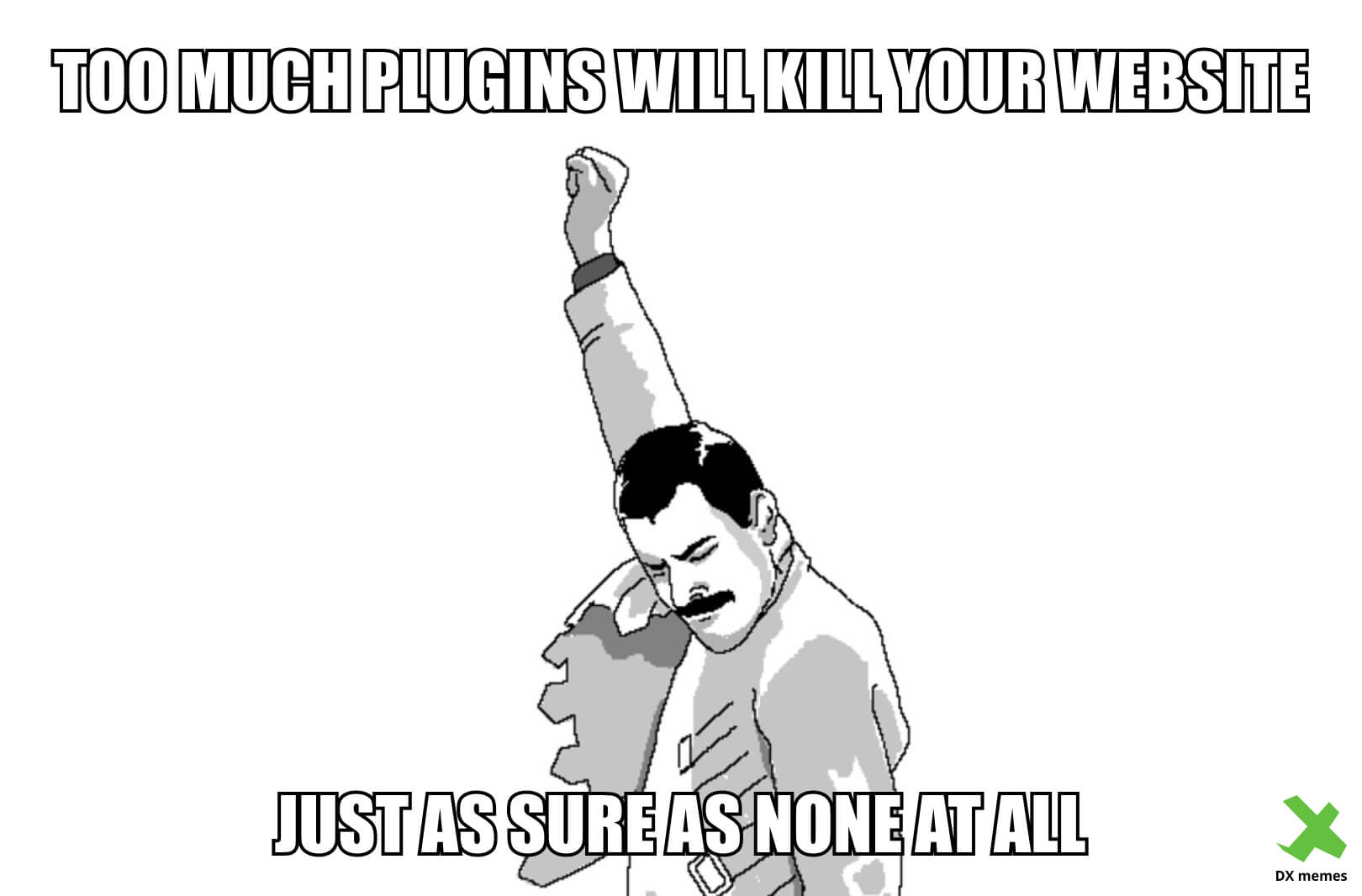
Plugins are an integral part of WordPress and can be really useful.
However, the more plugins you install on your site, the greater the risk of severe problems.
The issues with too many plugins can be caused, among other things, by the plugins themselves and how well they integrate with your theme and the rest of your plugins, their coding structure, and whether they’re active or not.
As mentioned, when you discover how easy it is to install and use WordPress plugins, you might be tempted to stack 20-30 of them at once. That’s where the troubles start.
First of all, your website may become slow. Each of those plugins has its PHP, JavaScript, and other files that affect performance. Moreover, when you run too many plugins at once, conflicts between them can happen which can cause the whole website to crash.
Additionally, some plugins are poorly coded or haven’t been updated for a long time which can make your site easier to hack. Updates take care of security issues and fix vulnerabilities that may be exploited by rogue developers. This makes them vital for your website’s health and security.
However, some plugin owners may stop updating their plugins altogether. Therefore, it’s important to keep an eye out for regular updates. If a plugin hasn’t been updated for a year, you should strongly consider replacing it.
HTTP Requests Growth
HTTP requests are request-response protocols that a browser sends to your site’s server to request data and load the page for the visitors. Some plugins need extra CSS styling, imagery, and JavaScript to work correctly. As a result, they produce additional HTTP requests.
The more HTTP requests, the more resources from your server are used – if it reaches its maximum capacity, the server crashes. This, obviously, is not great, because your visitors won’t be able to see the website unless you restore everything and get it working again.
Each HTTP request takes time to be completed. Hence, the more HTTP requests, the more time it takes for them to be processed and as a result, you’ll have a slower loading time for your website.
This will not only result in a bad user experience, but may affect your core web vitals and, in turn, your search engine rankings.

Excessive Database Queries and Database Bloating
The greater part of your WordPress site is stored in the database. Whenever a page loads, it requests data from your database and that process takes time and resources.
Much like HTTP requests, the more queries that are sent to your database, the more the database needs to work. As a result, the whole performance of your site suffers.
The more plugins, the more data must be retained in the WordPress database. Because your database and your server have limited storage space, the more information you store, the more it becomes bloated.
This is a problem that makes the database inefficient, which automatically results in a slow-loading website. If each of the numerous plugins is activated, the problem can become even more serious.
In fact, even deactivated plugins can still store data in your database and generate bloat.
Problems

Too many plugins mean higher chances of facing a plugin compatibility problem. Plugin incompatibility happens when two or more plugin codes don’t work well together, forcing each other to break.
There are all kinds of plugins out there and that is pretty awesome! However, the fact is that not every plugin is developed by an expert.
In most cases, plugin incompatibility occurs due to:
- Both or more plugins work on the same feature, but in completely different ways.
- Plugins are developed for different and non-updated WordPress versions.
- Badly-coded plugins.
If you notice any inconsistencies in how your website works, or if a plugin becomes unstable, it may be the result of plugin incompatibility.
Security Gaps
An inexperienced plugin developer can easily miss a security gap in the plugin which is not obvious at first glance. The more plugins installed, the higher the risk that one of those plugins can be utilized by a hacker to exploit and infect your website.
We all know that plugins are created to make the WordPress community a better place. Despite that, hackers often hide behind the mask of kindness and use plugins to insert hostile codes on websites.
A plugin should be much more than functional, and there shouldn’t be any room for security gaps. If you don’t know anything about the developers that created the plugin, you can’t know their intentions or their level of competence.
Even without malicious intentions, their incompetence can lead to an error that can cause serious damage to a site. So make sure to double-check the background of plugin providers, as well as the number of installations and the reviews of the tool.
Resolving the Problems Caused by Too Many Plugins
We’ve already established that if you’re inexperienced and install all sorts of plugins on your WordPress website, security and performance problems are inevitable.
So what are the possible solutions for the plugin pitfalls mentioned above?
Use Only the Necessary Plugins
If you run a small blog website, you may only need one or two plugins. But with larger websites, you may need tens of plugins to make everything work. The crucial thing to keep in mind is to use only the plugins that are genuinely necessary for your site.
When you partner up with a professional WordPress agency, you’ll find that there are tons of less-known features in the WordPress core that can help you add the functionality that you’re looking for in a plugin. By inserting the right CSS or JavaScript snippet, you can avoid the extra plugin code, and improve the performance of your site at the same time.
Furthermore, the pros can develop unique solutions tailored to your needs.
When auditing your website, make sure to check if you have inactive plugins. These can cause severe security problems because hackers can use their vulnerabilities to gain access to your website.
To delete the inactive plugins, log in to your website, go to “Plugins” in your WordPress dashboard, then click “Deactivate” and then “Delete” under each inactive plugin.

Use Only Credible Plugins
You only need plugins with a positive track record. For example, when choosing a smartphone, it’s a safe bet that an iPhone is more reliable than a totally unknown brand.
The same goes for plugins. You need to install or purchase only those that have positive reviews and proven success.
Look when the plugin was last updated. It’s visible in the plugin description.
The best plugins are updated frequently! If a plugin has not been updated in the last twelve months, it’s a good sign that you shouldn’t use it.
Also, the number of active installations is a strong factor in choosing a credible tool. Go for plugins with 100,000+ active installations and 4+ stars rating!
Make sure that the developers offer support. There are many free and credible plugins that offer excellent services.
Besides plugin reputation, you should also verify the reputation of the plugin developers. Open the plugin author’s name and check how many plugins they’ve developed and whether they contribute to the WordPress community or not.
Review their support threads to see if they’ve actively resolved tickets. Analyze their website, and look for more information. Check if they have detailed support documentation and if their website looks like they’re credible.
Be extra careful with developers who only have a single plugin and are not proactive in the community and support forums. Having only one plugin is not necessarily a red flag, but it might be, and it doesn’t hurt to be extra careful by pre-checking everything.
Regular Plugin Updates
Plugins get regular updates all the time. These include security patches, so it’s very important to update your plugins as soon as you see that a new version is available. Keeping your WordPress installation up-to-date is also very important.
For any plugin that you use or you intend to install on your site, verify the date of the last update. Also, ensure that the plugin is compatible with the latest version of WordPress.
The opposite can be a sign that the developer doesn’t want to maintain the plugin, which results in a lack of new functionalities. Again, avoid plugins that have not been updated in the last year.
Check the Plugin Compatibility
In most cases, plugin incompatibility is easy to discover. You just need to detect the plugin/s that are causing the compatibility issue/s.
One of the ways to do it is by deactivating your plugins one at a time and refreshing your site after each deactivation to determine if the issue has been resolved.
Open your WordPress dashboard, and go to Plugins. Under each plugin, you’ll see the button “Deactivate”. Start by deactivating just one plugin.

Refresh your website, and confirm whether that is the problematic feature. If the issue is resolved, you’ve just found the culprit, and if not, repeat the same steps until the problem is fixed.
When you find the plugin that has caused the compatibility issue, first, you can uninstall and reinstall it to see if this does it. Or you can look for an alternative product that provides the same functionality.
However,if you need the original plugin in particular and can’t find an alternative, you need to get in touch with its developers and ask them for some help in fixing the compatibility error.
It is impossible to completely eradicate plugin incompatibility. However, certain steps can help you reduce the risk of WordPress plugin problems:
- Ensure that your plugins are compatible with the latest version of WordPress.
- Examine if the plugins have been regularly updated. Avoid any that have not been updated within the last year.
- Read user reviews. If there are too many compatibility complaints, avoid installing it.
In addition, there might still be some plugins that are not compatible with the Gutenberg Editor.
If a plugin has functionalities in the Classic Editor, open the Gutenberg Editor and check if you can perform the same functional task. If the plugin is compatible, everything should work fine.
Common incompatibilities include:
- An “Add Media” button in the Classic Editor, which doesn’t exist in Gutenberg.
- A metabox in Gutenberg that isn’t fully functional.
Seeking Help from Experts
Whether you’re a new WordPress user or you are looking for a custom plugin for your site, this is a good time to hire a WordPress expert. WordPress professionals can help solve all these problems and save you trouble in the long run.
At DevriX, we create custom plugins and solutions that are neatly coded and perform only the functionalities you desire. Our plugins will enhance your WordPress performance and remove the excessive overhead. We analyze and optimize every single component and detail of your web platform.
We also optimize existing plugins, remove unnecessary components and features, and create plugins that work well together.
When the plugin architecture isn’t stable or easily detachable, we can develop custom-tailored plugins that will address your problems in the best way possible, optimized both for speed and UX.
Wrapping Up
It’s time to analyze your WordPress website and ensure that all of the current plugins that you’re using are necessary. Examine your list of plugins. See if you have similar ones that do the same thing and if any of them are causing security and performance issues.
Remember that less is more when it comes to plugins. Consider what type of extra functionality you are looking for. Have a detailed plan of what you’ll be using the plugin for, and how your business and your customers would benefit from it. More importantly, you need to determine whether or not each one increases the value and functionality of your website.
